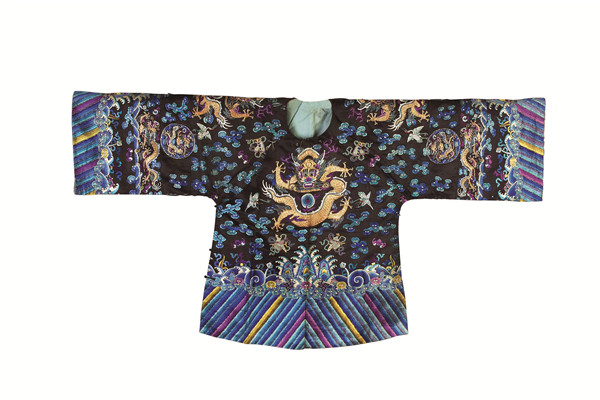 |
|
[Photo provided to China Daily] |
Some exhibits are from cultural relics that are permanently housed at the Capital Museum. A cloisonne tripod that was used to burn incense sticks during Qing Dynasty (1644-1911) Emperor Qianlong's era, a gold hairpin studded with rubies from the Ming Dynasty (1368-1644) and a bird-pattern lacquer plate from the Yuan Dynasty (1271-1368) are among the displays.
Many exhibits show modern-day craftsmanship.
Hou Xue, a Beijing-based artisan who specializes in painted and inlaid lacquer, showed his skills at the exhibition. According to him, a small lacquer plate that needs a coating of gold foil usually takes a month to make.
"Most of the artisans earlier only served royal families and nobles. The items went to ordinary families after the Qing Dynasty fell," Hou says.
"In olden times, laquerware for emperors would be painted 18 times to create a cubic feeling on its surface. We may partially simplify the process today for the public-by, for instance, reducing some auxiliary ornamentation-but the gist of the skill remains."
Hou now helps with the restoration of royal furniture at the Palace Museum, also known as the Forbidden City. When a layer of paint dries, he still uses old ways to polish the surface-mixing bean oil and flour. But even when laquerware largely belonged to the upper class, it was found in daily-use articles, he says.
"When we revitalize traditional craftsmanship, we need to respect functionality rather than merely treating items as fine art pieces."
|
|
|
|
|
|
|
|
